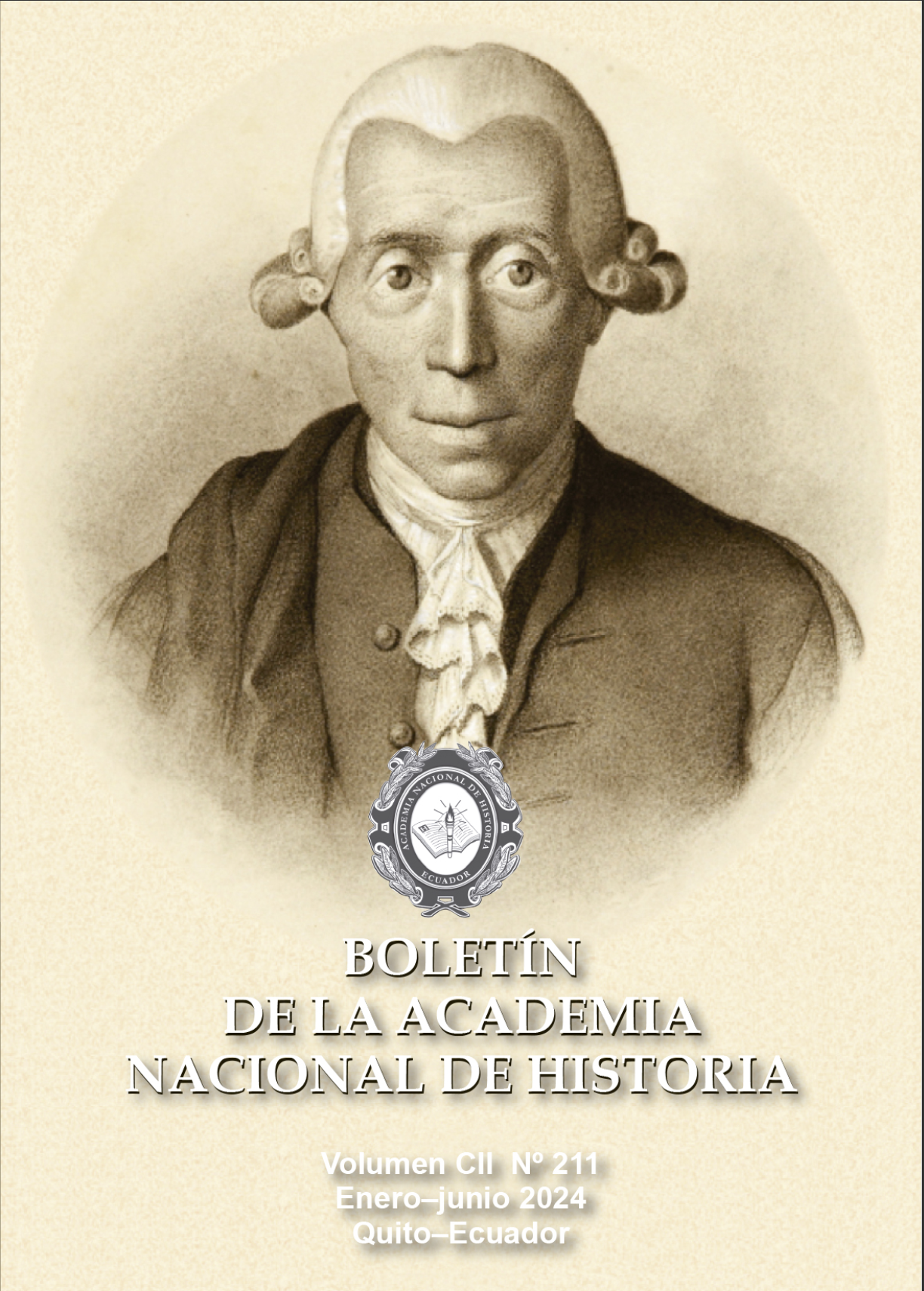CHANGES, RUPTURES AND CONTINUITIES IN TRADITIONAL MANABITA FOOD
Keywords:
traditional manabita food, food activities, transculturation processes, cultural heritage, culinary miscegenationAbstract
The objective of this article is to investigate the evolution of the traditional Manabita food from the different activities developed by men and women through time in order to establish the changes, continuities and ruptures during this long process of consolidation of their traditional food. As references, archaeological, paleobotanical, anthropological and historical studies were considered, as well as the different contributions received by the peoples of the Pacific coast of what today is Ecuador, related to the contacts, whether these were due to exchange between pre-Hispanic peoples; as well as the processes of transculturation produced by colonization, immigrations and migrations: colonization, immigrations and permanent migrations, motivated by the processes of independence, revolutionaries and the frequent political, cultural, artisan, commercial and agricultural mobility; without forgetting the introduction of products, plants and animals that caused changes in the diet.
It is concluded that the conformation of new cultural patterns produced by permanent mobilizations and transculturation processes, plus certain characteristics of the region, related to the richness of its ecosystem and biodiversity, gave way to a process of culinary crossbreeding and the creation of traditional foods that are still in force thanks to intergenerational transmission and the revaluation of knowledge and ancestral practices, making gastronomy a cultural heritage and a symbol of the cultural identity of the Manabita.









